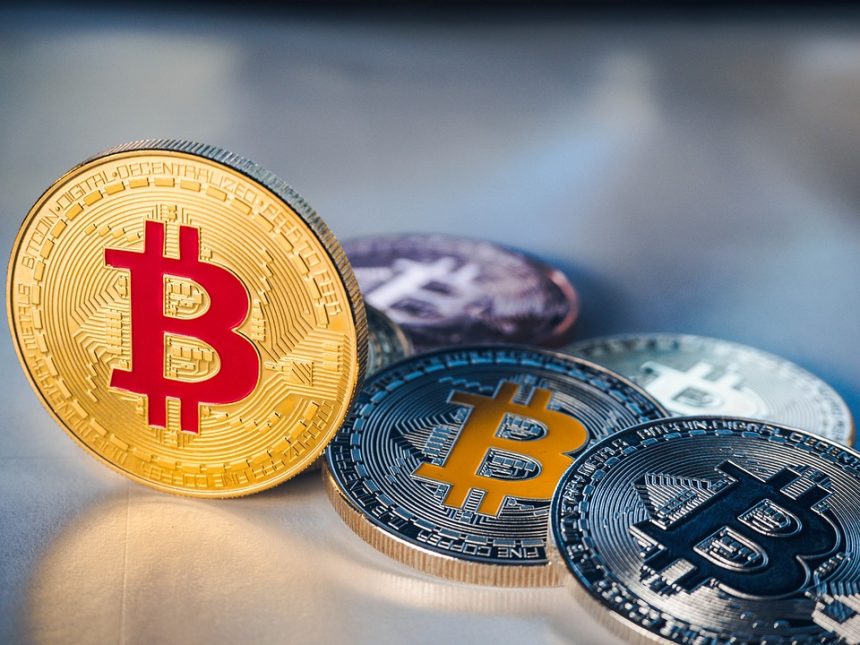The cryptocurrency market is often characterized by its volatility and rapid evolution, with altcoins—cryptocurrencies other than Bitcoin—playing a pivotal role in shaping its landscape. As we head into the latter part of 2023, understanding the recent developments within the altcoin sector and examining future prospects has never been more crucial for investors, developers, and enthusiasts alike.
Recent Developments in the Altcoin Space
1. Emergence of Layer 2 Solutions
Scalability has been one of the primary challenges facing blockchain networks, particularly those supporting smart contracts. Recent developments in Layer 2 solutions, such as Optimistic Rollups and zk-Rollups, have gained traction. Platforms like Arbitrum and zkSync have demonstrated the capability to process thousands of transactions per second while significantly reducing fees. As Ethereum continues to be the most popular smart contract platform, Layer 2 integrations are anticipated to bolster the use of various altcoins built on it.
2. DeFi and the Rise of New Protocols
Decentralized Finance (DeFi) remains a driving force in the altcoin sector, with new protocols emerging regularly. Recent entrants have focused on addressing limitations seen in established platforms like Uniswap and Aave, particularly around liquidity, user experience, and cross-chain capabilities. For instance, Aave’s V3 introduced cross-chain functionality, allowing users to operate across multiple blockchains while keeping liquidity intact. These innovations highlight the potential for altcoins to adapt and evolve within the fast-paced DeFi environment.
3. Regulatory Developments
Regulatory scrutiny has placed a spotlight on the altcoin landscape. Recent discussions surrounding frameworks for the classification of cryptocurrencies, especially stablecoins, have heightened the need for altcoin projects to prioritize compliance. Notably, the U.S. SEC’s actions against certain altcoins have underscored the importance of understanding legal parameters. Projects demonstrating a commitment to regulatory adherence may gain investor confidence, attracting a broader user base.
4. NFT Integration and Utility Expansion
Non-fungible tokens (NFTs) have transitioned from a niche market to mainstream adoption, prompting many altcoins to explore NFT applications. New platforms are emerging that enable artists, creators, and brands to tokenize their assets on altcoin networks, providing utility beyond mere speculation. The integration of NFTs with DeFi (e.g., collateralizing NFTs for loans) also invites innovative usage scenarios that could expand the market reach of several altcoins.
Future Prospects: What Lies Ahead?
1. Continued Growth of Interoperability Solutions
As blockchain technology matures, interoperability will become increasingly vital. Projects focusing on cross-chain technology, such as Polkadot and Cosmos, will likely see greater adoption as users seek seamless experiences across different networks. The altcoin landscape will benefit from a burgeoning ecosystem of interconnected tokens, enhancing liquidity and usability.
2. The Rise of Green Cryptocurrencies
With growing societal emphasis on sustainability, altcoins that focus on eco-friendly solutions are expected to gain traction. Projects employing proof-of-stake mechanisms or exploring energy-efficient consensus models are well-positioned to appeal to environmentally-conscious investors. The potential growth of green cryptocurrencies may lead to a shift in priorities for developers and investors alike.
3. Integration of Artificial Intelligence
The intersection of blockchain and artificial intelligence (AI) is another area ripe for exploration. Altcoins enabling AI-driven analytics, automated trading strategies, and decentralized machine learning could revolutionize investor behaviors and decision-making processes in the crypto market. Innovations in this sector will not only enhance existing protocols but also introduce entirely new altcoin ecosystems.
4. Focus on Utility and Real-World Applications
As the crypto market matures, investors are becoming more discerning, favoring projects with clear utility and real-world applications over mere speculation. Altcoins that address tangible problems—be it through supply chain solutions, decentralized identity verification, or healthcare innovations—are likely to see increased interest. The focus on utility will necessitate a careful evaluation of the values provided by different altcoins.
Conclusion
The altcoin landscape continues to evolve dynamically, shaped by a variety of technological, regulatory, and societal forces. Recent developments such as the rise of Layer 2 solutions, innovations in DeFi, and the growing importance of utility and interoperability signal a promising future for altcoins. However, navigating this landscape requires diligence, with an emphasis on understanding emerging trends, regulatory implications, and the evolving demands of the crypto community. As more players enter the space, both opportunities and challenges will arise, ensuring that the altcoin arena remains an exciting frontier for exploration well into the future.





